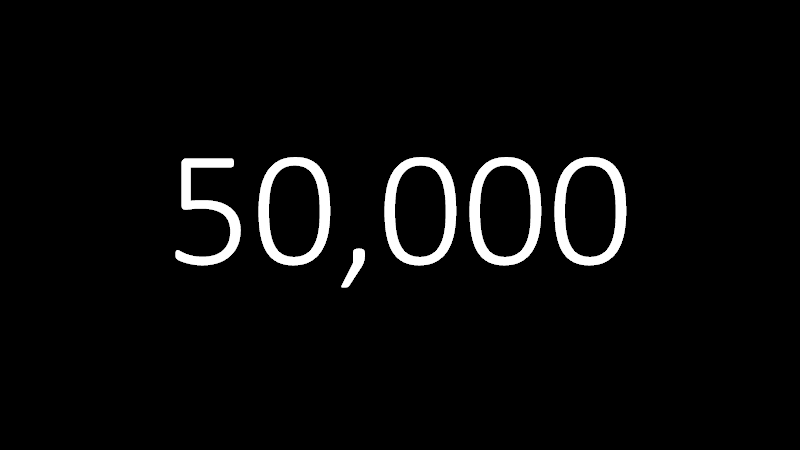
As summarized by @awong37
https://twitter.com/awong37/status/1431106067593928713there was a Saskatchewan physician town hall tonight. During the Q&A I described the state of Saskatoon emergency departments and asked for help. The recording is now posted publicly. saskhealthauthority.ca/intranet/medic…. In brief: 1/12
Royal University Hospital has ~35 adult emergency beds. Recently we had 98 patients in the department including >40 admitted/consulted patients. One admitted patient waited >160 hours (almost a week) for an inpatient bed. 2/12
As a result, we go entire shifts seeing patients in hallways or pulled into the stretcher we snuck behind triage. We make space for patients where the vending machines used to be and try to find enough clipboards for their charts.3/12
St. Paul’s emergency’s baseline is ~15 nurses. They are always short (were down 5 yesterday). One night they had 7 nurses. Beds close, vacations are denied, and the burden on the remaining nurses increases. 6 of our charge nurses (our most senior nurses) have left recently.4/12
City Hospital is only open from 9:00-20:30. It has few admitting services so those patients are transferred to RUH or SPH. We have had up to 9 patients in the closed department overnight waiting for transfer (and specialist consultation). One waited >130 hours (>5 days).5/12
There were 6 last night. While they wait, their care is managed by a rotating cast of emergency physicians (whoever is on each day) and emergency nurses who are not trained for inpatient medicine and do not have the benefit of an assessment from an inpatient consultant.6/12
When it's this bad, it is also bad for our paramedics. They monitor their patients in our halls until they can handover. As a result, there are frequently no ambulances available to respond to an emergency. The 911 calls back up until they can get back on the road to respond.7/12
If you watch the town hall, you’ll notice that I almost break down describing the above. Why? Imagine not having a bed for a palliative cancer patient who needs pain control. Not having a monitored space for a patient at risk of a deadly cardiac arrhythmia for hours.8/12
Imagine seeing the nurses that helped to ‘raise you’ as a health professional throw their arms in the air in defeat and frustration as our department is overrun. I hope you can appreciate the moral injury to our staff when we can’t care for these patients properly.9/12
IF they get a break, I've found our nurses using it to look for jobs elsewhere. This is why healthcare providers don’t want to work in emergency anymore. Why they aren’t picking up extra shifts. Why it is becoming harder and harder for us to backstop our system safely.10/12
Based on the town hall modeling, the next wave of #covid19sk is only going to make it worse. With staff being the limiting resource, every bed needed by a covid patient will be one less staffed bed available for you or your loved ones.11/12
Emergency is the only place in our healthcare system that never closes its doors or turns anyone away, so when our system struggles, we bear the burden. This is by far the worst it has ever been and there are no easy solutions. We’ll continue to do our best… until we leave.12/12
• • •
Missing some Tweet in this thread? You can try to
force a refresh








